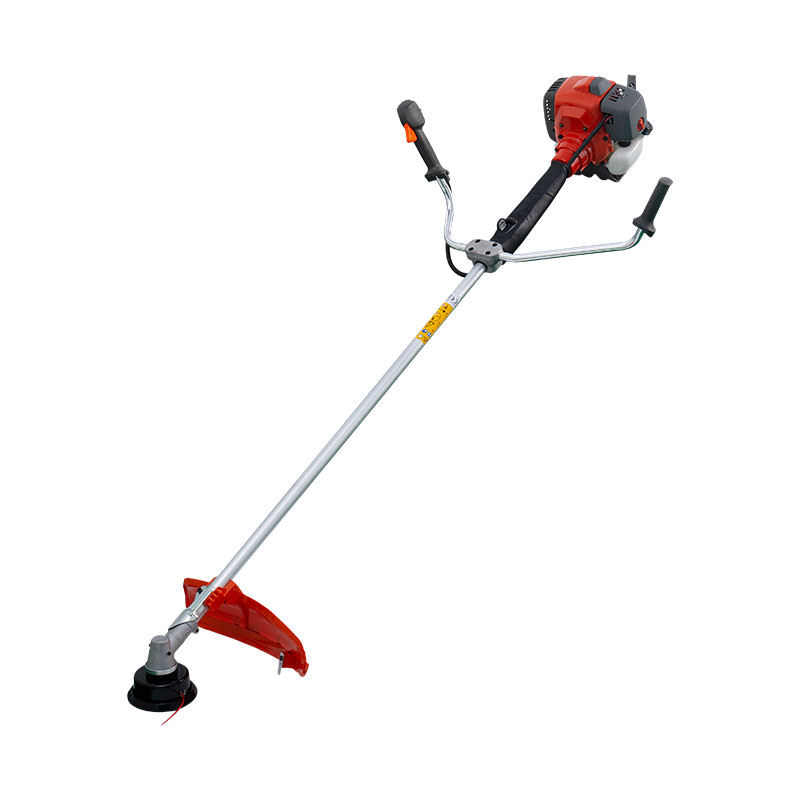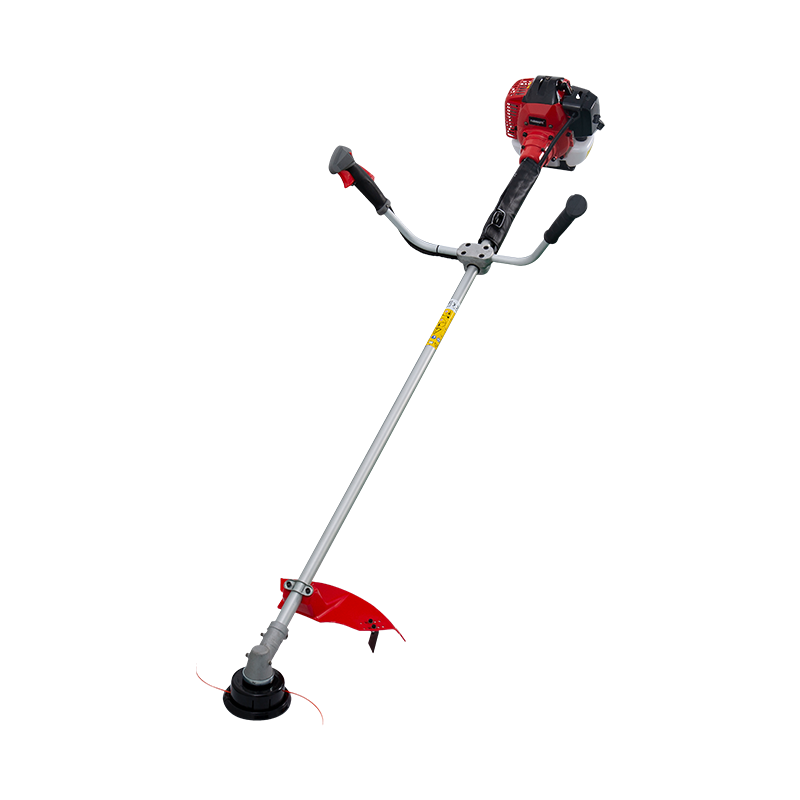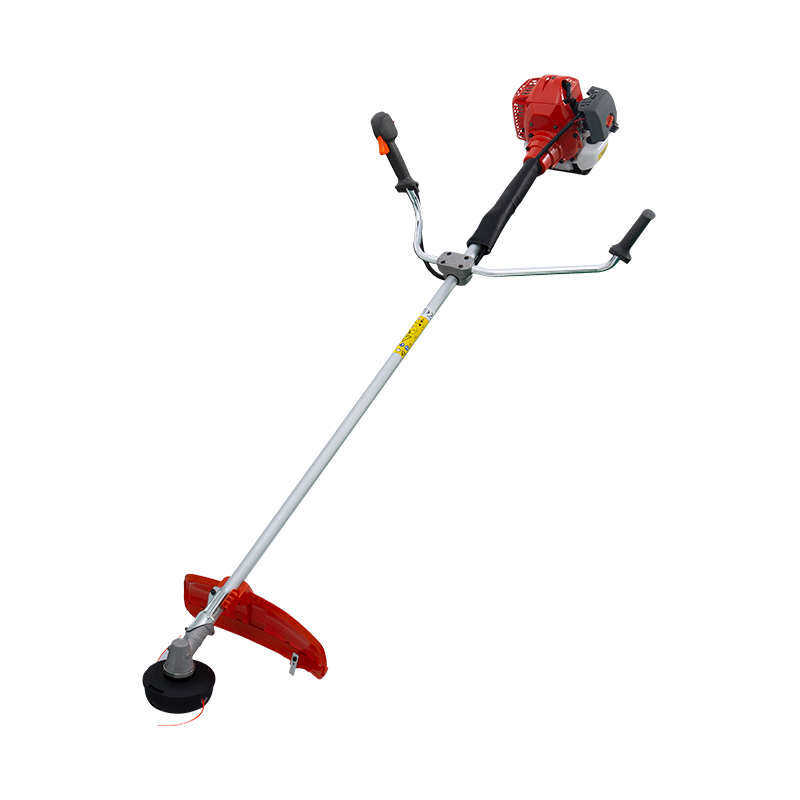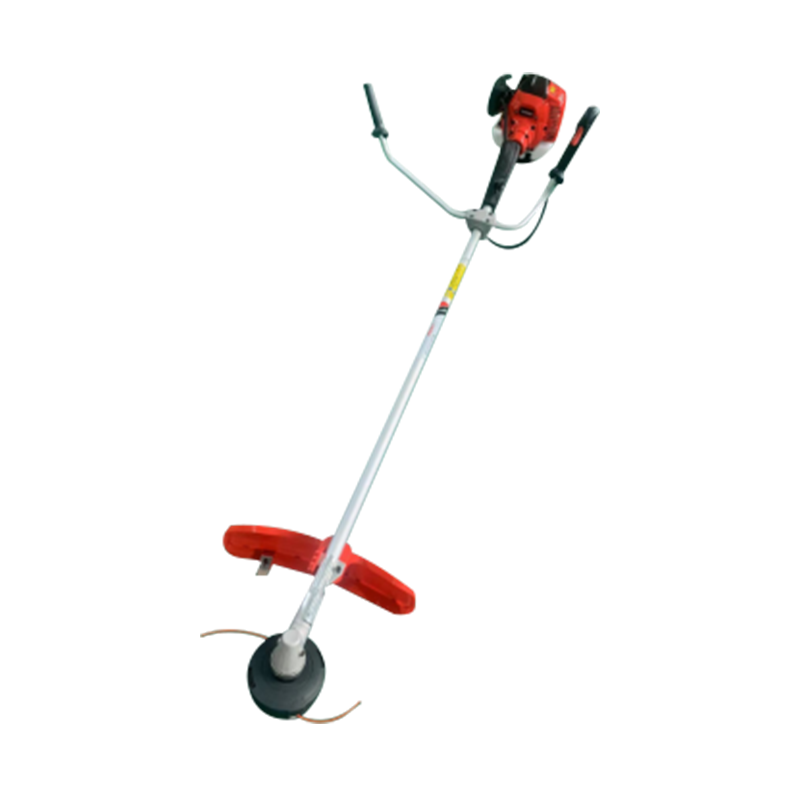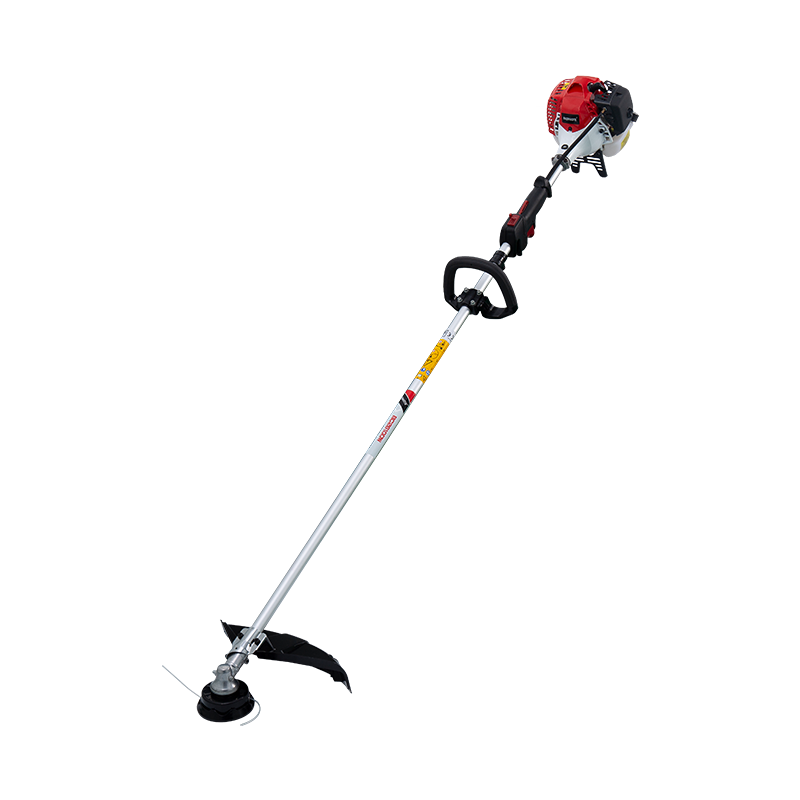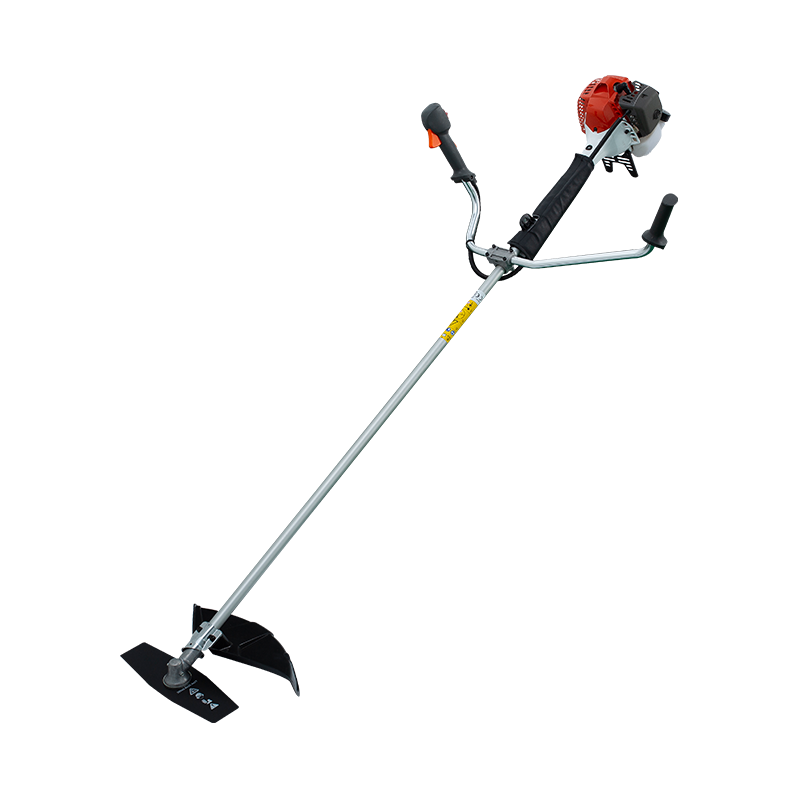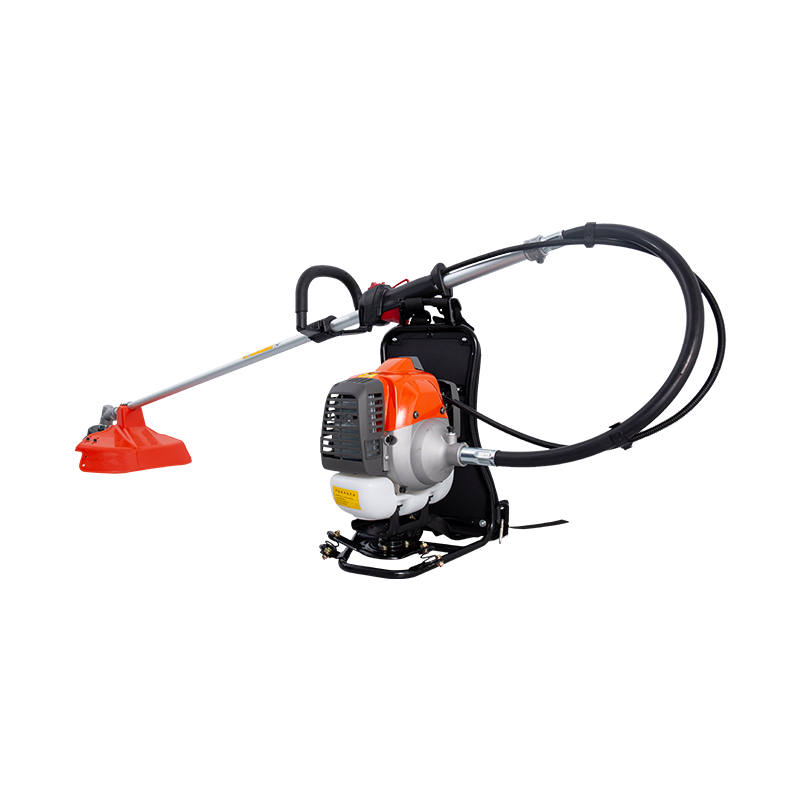In the high-altitude branch pruning operation, stroke pole saw has become the industry's preferred tool with its efficient and reliable performance. The equipment is mainly composed of four core modules: power system, transmission mechanism, sawing parts and operating lever. Each part is precisely coordinated to form a complete operating system. The power system converts the chemical energy of fuel into mechanical energy through a two-stroke or four-stroke gasoline engine to provide continuous power for the operation of the equipment; the transmission mechanism is responsible for accurately transmitting power to the working end; the sawing parts directly perform pruning tasks; the operating lever has both connection functions and ergonomic design, expanding the scope of operation and improving operating comfort.
Energy conversion mechanism of power system
The power system of stroke pole saw usually adopts two-stroke or four-stroke gasoline engines. There are differences in energy conversion efficiency and working characteristics between the two. Taking the two-stroke gasoline engine as an example, its unique working cycle mechanism shows highly compact power output characteristics. In the process of one rotation of the crankshaft and two reciprocating motions of the piston, the two-stroke gasoline engine can complete the four strokes of intake, compression, power and exhaust. During the intake stroke, the piston moves downward, causing negative pressure in the crankcase, the reed valve opens, and the premixed gas of air and fuel is sucked into the crankcase; during the compression stroke, the piston moves in the opposite direction, the mixed gas is compressed in the crankcase, and the residual mixed gas in the combustion chamber is also compressed synchronously; the power stroke relies on the spark plug to ignite, the compressed mixed gas burns and expands violently, pushing the piston downward to achieve external work; during the exhaust stroke, the piston moves upward again, exhausts the exhaust gas generated by combustion, and the fresh mixed gas in the crankcase is pressed into the combustion chamber, completing a complete power cycle. This cycle mode gives the two-stroke engine the advantages of compact structure and high power density, which is particularly suitable for equipment such as high-branch saws that require portability and high power output.
Precise adaptation of power transmission
The transmission mechanism plays a key role in power transmission in the stroke pole saw. Its core function is to transmit the rotational power output by the power system to the sawing parts with minimal loss. Common transmission methods include flexible shaft transmission and straight rod transmission. Flexible shaft transmission is known for its flexible characteristics. Through the bendable flexible shaft structure, it can shuttle freely in the complex branch environment, allowing operators to easily adjust the sawing angle and position; the straight rod transmission relies on the rigid structure to ensure the stability and efficiency of power transmission, which is suitable for operation scenarios with high requirements for cutting stability. Both transmission methods have been precisely designed. Through the cooperation of components such as gear sets and bearings, the smooth transmission and speed adjustment of power are achieved to ensure that the sawing parts obtain continuous and stable working power.
The path to achieving efficient cutting
The sawing part is the terminal execution unit for high-branch saws to complete the task. It consists of a precise cutting system composed of a saw chain and a guide plate. The guide plate provides a running track and support structure for the saw chain. Its material and surface treatment process directly affect the running stability and service life of the saw chain. The saw chain is the core component of cutting. The geometric shape, arrangement angle and spacing of the saw teeth have been optimized by a lot of engineering to ensure that it can efficiently cut into various types of wood when running at high speed. When the power is transmitted to the saw chain through the transmission mechanism, the high-speed running saw teeth quickly cut off the branches through the dual effects of impact and cutting. The special coating and lubrication system on the surface of the saw chain effectively reduce friction resistance, reduce wear, and ensure long-term stable operation.
Optimized design of ergonomics
As a key component connecting the equipment and the operator, the operating lever is designed with full consideration of the special needs of aerial work. Its retractable structure allows the user to flexibly adjust the length according to the working height to maximize the scope of operation. The grip of the operating lever adopts an ergonomic curve design and is equipped with anti-slip and shock-absorbing materials to effectively relieve fatigue caused by long-term operation. The control devices integrated on the operating lever are all optimized to ensure that the operator can conveniently and safely operate the equipment in various postures.

 English
English Español
Español